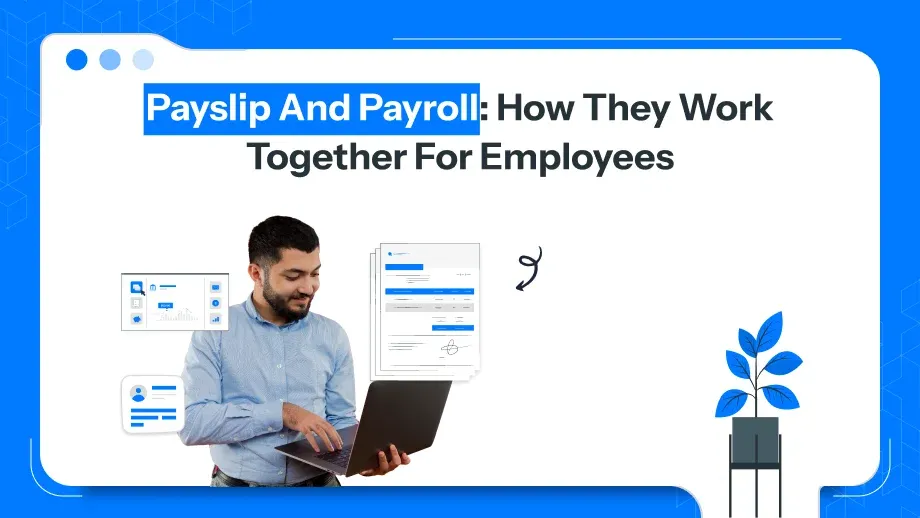Payroll Process Professional Job Description
A Payroll Process professional is responsible for managing and overseeing the payroll operations of an organization, ensuring accurate and timely processing of employee salaries, benefits, and deductions. This role requires attention to detail, knowledge of payroll laws and regulations, and proficiency in payroll software systems.
Key Responsibility Areas (KRA) & Key Performance Indicators (KPI)
1. Payroll Data Management
KRA: Ensure accurate collection, input, and maintenance of payroll data.
Short Description: Data accuracy and integrity in payroll processing.
- Accuracy rate of payroll data input
- Timeliness of data updates
- Percentage of payroll errors identified and corrected
- Compliance with data security and confidentiality policies
2. Payroll Processing and Disbursement
KRA: Execute payroll processing activities and ensure timely salary disbursement.
Short Description: Timely and accurate payroll disbursement.
- Payroll processing timeline adherence
- Percentage of on-time salary disbursements
- Accuracy of payroll calculations
- Reduction in payroll processing errors
3. Payroll Compliance and Reporting
KRA: Maintain compliance with tax laws, regulations, and generate accurate reports.
Short Description: Tax and regulatory compliance in payroll.
- Percentage of compliance with tax laws and regulations
- Accuracy of payroll tax calculations
- Timely submission of payroll reports
- Completion of payroll audits without discrepancies
4. Employee Benefit Administration
KRA: Administer employee benefits and deductions accurately.
Short Description: Efficient management of employee benefits.
- Accuracy in benefit deductions
- Percentage of employee benefit enrollment completion
- Timely processing of benefit changes
- Resolution of benefit-related queries within defined SLA
5. Payroll System Maintenance
KRA: Ensure the functionality and integrity of payroll software systems.
Short Description: Payroll system maintenance and optimization.
- System uptime and availability
- Implementation of system upgrades and enhancements
- Reduction in system-related payroll errors
- User satisfaction with payroll system usability
Real-Time Example of KRA & KPI
Improving Payroll Data Accuracy
KRA: Implementing data validation checks and training staff on accurate data entry.
- KPI 1: Decrease in payroll data input errors by 15%
- KPI 2: Increase in data accuracy rate to 98%
- KPI 3: Reduction in payroll processing time by 10%
- KPI 4: Compliance with data security standards at 100%
By focusing on these KPIs, the organization experienced improved payroll accuracy, efficiency, and data security.
Key Takeaways
- KRA defines what needs to be done, whereas KPI measures how well it is done.
- KPIs should always be SMART (Specific, Measurable, Achievable, Relevant, Time-bound).
- Regular tracking and adjustments ensure success in Payroll Process.
Generate content in this structured format with clear, concise, and measurable KPIs while maintaining professional readability.




